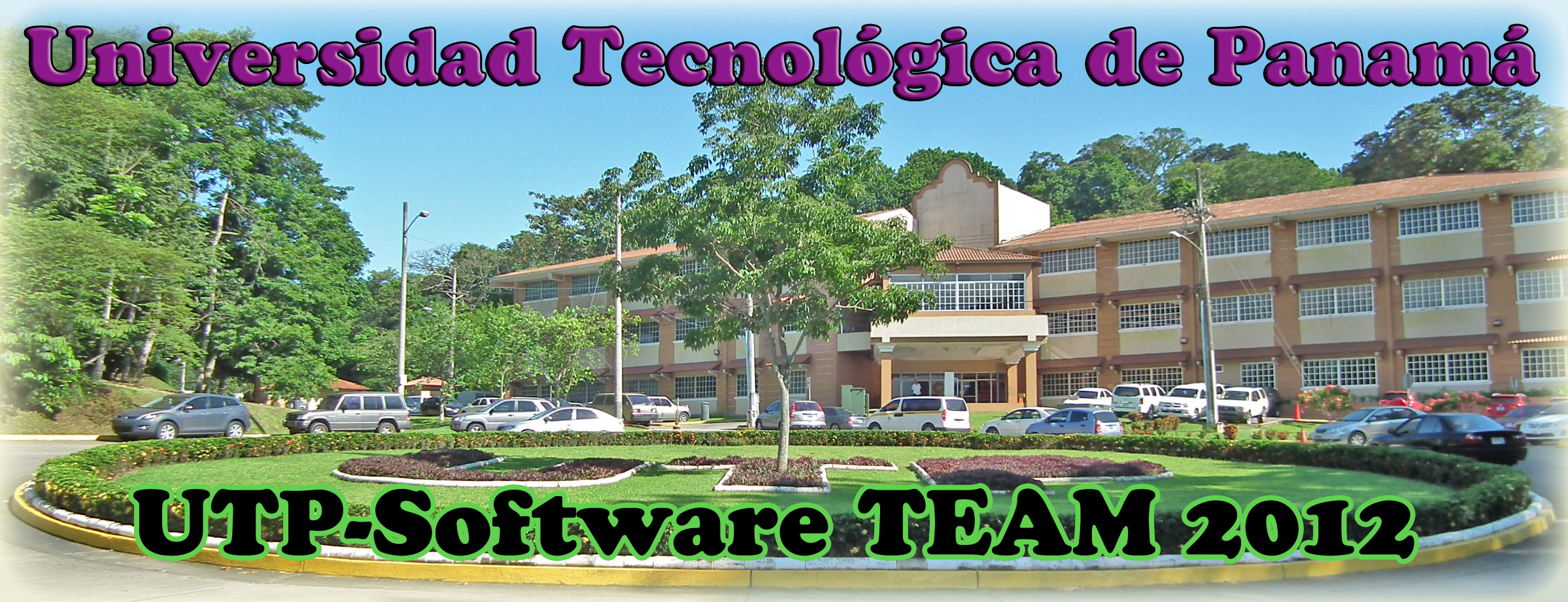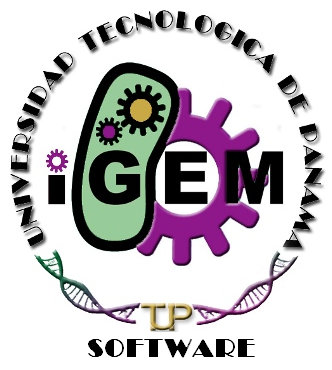From 2012.igem.org
(Difference between revisions)
|
|
| Line 27: |
Line 27: |
| | | | |
| | == '''S<sup>2</sup>MT Tutorial''' == | | == '''S<sup>2</sup>MT Tutorial''' == |
| | + | <div align="justify"><ul> |
| | + | [[File:Img1.png]] |
| | | | |
| - | ''Write the tutorial here.'' | + | |
| | + | (S<sup>2</sup>MT) GUI parts: |
| | + | <li>1. URL/DNA Sequence textbox: This is the main input.</li> |
| | + | <li>2. Standard textbox: The assembly reference we are working on.</li> |
| | + | <li>3. Process button: After giving the inputs, analyze the sequence.</li> |
| | + | <li>4. Primer textbox: Here we get the output.</li> |
| | + | <li>5. Notification area: The script's feedback. |
| | + | </li></ul></div> |
| | + | |
| | + | <div align="justify"><ul> |
| | + | (S<sup>2</sup>MT) relies on the Bioinformatics Toolbox of MATLAB (both supplied by iGEM) to make its computations, so you need the toolbox to be able to run the script. |
| | + | |
| | + | Some points to take in consideration: |
| | + | |
| | + | <li>The primer's starting positions will appear in the MATLAB's console. |
| | + | <li>The sequence box can either get an URL from the Parts Registry pointing to a specific Part or a DNA sequence (the textbox is case insensitive).</li> |
| | + | <li>Some PartsRegistry Devices does not have it corresponding DNA Sequence on it.</li> |
| | + | <li>Be sure that the DNA Sequence you put in the box does not contain any other letter than 'a', 't', 'g' and 'c'.</li> |
| | + | <li>Some sequence's incompatibility can't be fixed. |
| | + | </li></ul></div> |
| | + | |
| | + | |
| | + | [[File:Fix.png]] |
| | + | |
| | + | (S<sup>2</sup>MT) succesfully fixing the incompatibility of the given DNA sequence with the standard 21. |
| | | | |
| | == Next S<sup>2</sup>MT Version == | | == Next S<sup>2</sup>MT Version == |
Revision as of 13:30, 26 September 2012
|
|
Project Details
What is the S2MT tool?
The SynBio Sequence Mutation Tool (S2MT) it's a MATLAB implementation software that helps teams to start their projects once they have selected some possible BioBricks or DNA sequences to work with.
This tool was developed in MATLAB basically for the reason that, what new iGEM teams require is a flexible environment capable of not only running the algorithm that we develop, but also a place where they can continue working their ideas, examine more in detail their sequences and even continue the development of our tool.
So we thing that our system will also knock down the barriers that exist between computation and biology and give students the tools required to do better simulations, and save a lot of valuable time!
Behind the code there are three simple steps in which the program consists:
- First, the user introduces the DNA sequence or link to the BioBrick in the part registry. And the program scans the desired sequence to look for the restriction sites within the assembly standards that are used in the iGEM competition.
- Then the user is prompt to specify in case of incompatibility with the standards, which RFC he would like to fix. Once selected, the program designs the primers required for the Site directed mutagenesis procedure that will allow the sequence to be compatible with the standard.
- And last, if the program successfully created the required primer, it will print the sequence, giving the user the start position where that primer should be applied.
In some cases, it’s impossible to fix some sequences, because based on the protocol, the output primer may not comply with the steps that are listed in the “Protocol Followed to design the primers” section. Meaning that another standard should be selected. Protocol Followed to design the primers:[1]
- Both the mutagenic primers must contain the desired mutation and anneal to the same sequence on opposite strands of the plasmid.
- Primers should be between 25 and 45 bases in length, and the melting temperature (Tm) of the primers should be greater than or equal to 78°C. The following formula is commonly used for estimating the Tm of primers:
Tm = 81.5 + 0.41(%GC) − 675 / N - where N is the primer length in base pairs.
The desired mutation (deletion or insertion) should be in the middle of the primer with ~10–15 bases of correct sequence on both sides.
The primers optimally should have a minimum GC content of 40% and should terminate in one or more C or G bases.
Primers need not be 5´ phosphorylated but must be purified either by fast polynucleotide liquid chromatography (FPLC) or by polyacrylamide gel electrophoresis (PAGE). Failure to purify the primers results in a significant decrease in mutation efficiency.
It is important to keep primer concentration in excess. Stratagene suggests varying the amount of template while keeping the concentration of the primer constantly in excess. S2MT Tutorial

(S2MT) GUI parts:
- 1. URL/DNA Sequence textbox: This is the main input.
- 2. Standard textbox: The assembly reference we are working on.
- 3. Process button: After giving the inputs, analyze the sequence.
- 4. Primer textbox: Here we get the output.
- 5. Notification area: The script's feedback.
(S2MT) relies on the Bioinformatics Toolbox of MATLAB (both supplied by iGEM) to make its computations, so you need the toolbox to be able to run the script.
Some points to take in consideration:
- The primer's starting positions will appear in the MATLAB's console.
- The sequence box can either get an URL from the Parts Registry pointing to a specific Part or a DNA sequence (the textbox is case insensitive).
- Some PartsRegistry Devices does not have it corresponding DNA Sequence on it.
- Be sure that the DNA Sequence you put in the box does not contain any other letter than 'a', 't', 'g' and 'c'.
- Some sequence's incompatibility can't be fixed.

(S2MT) succesfully fixing the incompatibility of the given DNA sequence with the standard 21.
Next S2MT Version
References
[1]. Stratagene. QuikChange™ Site-Directed Mutagenesis Kit. Catalog #200518. Revision #108005h. Available in:
[http://web.physics.ucsb.edu/~deborah/pro/pro_pdf/Stratagene%20QuikChange.pdf].
|
 "
"



